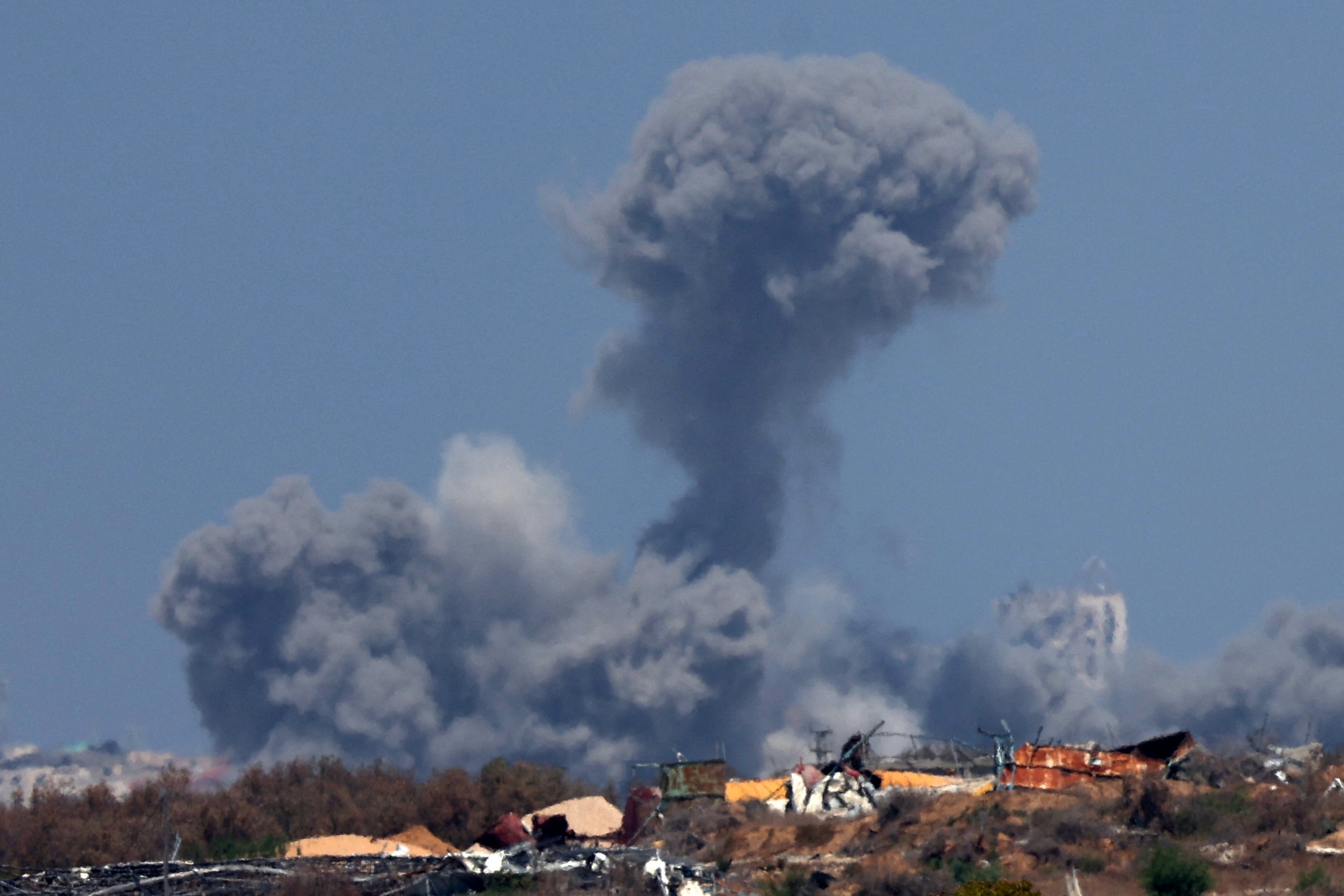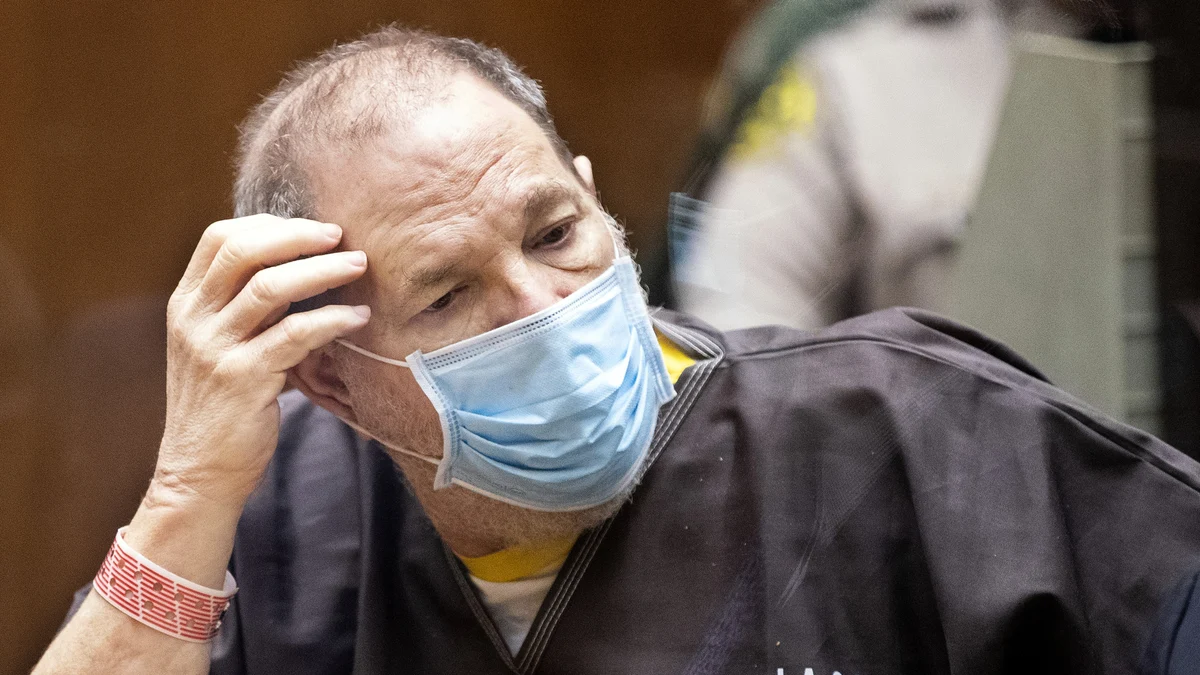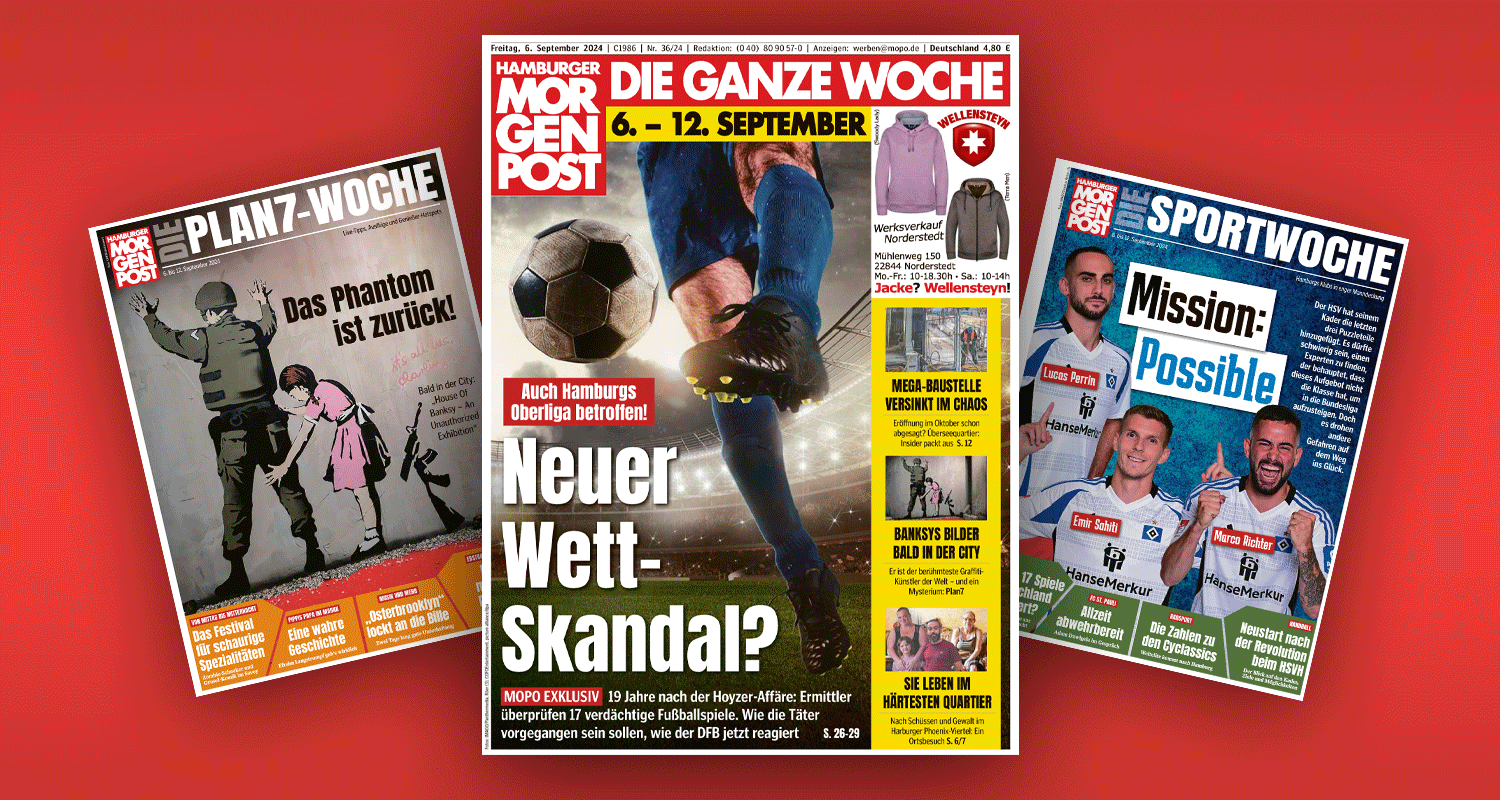A year after devastating wildfires killed more than 100 people and decimated the historic town of Lahaina on Maui’s west side, travelers are still unclear on whether they’re welcome. That lingering uncertainty has created nearly $1 billion in lost revenue for the Hawaiian island, which has historically relied on tourism for 70% of every dollar in its local economy, according to the Maui Economic Development Board.
Officially, all of Maui — with the exception of the burn zone in Lahaina — has been open for business since Nov. 1. But arrivals in the first half of 2024 were down roughly 25% year over year, with 1.1 million visitors, compared with nearly 1.5 million in the first half of 2023, according to the state’s Department of Business, Economic Development and Tourism. Spending was similarly down, from $3.47 billion in the first half of 2023 to $2.64 billion for the first half of 2024.
Businesses on the west side of the island have been hit particularly hard. Lahaina is the gateway to the area, including the iconic, cliff-lined resort town of Ka’anapali, but there’s only one road to get to that. Technically the burn zone represented 3.4 square miles out of 727 square miles total on the island. But even if they’re staying in the west coast resort towns untouched by catastrophe, many travelers don’t want to drive past the destruction.
An aerial view of vegetation regrowth amid areas destroyed or damaged by the Lahaina wildfire, including the iconic banyan tree (right center), on August 4, 2024 in Lahaina, Hawaii. August 8 marks the one-year anniversary of the Maui wildfires which killed 102 people and devastated the historic community of Lahaina. (Photo by Mario Tama/Getty Images)
A phased reopening also left many people confused about exactly what sections were acceptable to visit. Josh Hargrove, general manager at the Westin Maui Resort & Spa, Ka’anapali, notes occupancy is down 30% to 40% at his hotel and others on the west side, despite a $160 million glow-up to his property, which added a 10,000-square-foot arcade with TopGolf Swing Suites and a restaurant from chef Peter Merriman, a Hawaiian culinary pioneer.
“People still feel guilty coming to Maui to celebrate in front of workers who have lost everything,” Hargrove says, despite the series of industry-centric pep rallies and pitch meetings he and his colleagues have held to remind travel agents and event planners how critical their business is to the island’s recovery. “That’s where we’re stuck right now.”
Even locals who were previously critical of the tourism industry now hope to see busier days. Take Martin Giroud, an industrial designer who lives in Haiku, a small town in upcountry Maui an hour’s drive from Lahaina; for years he’s lamented that the island felt overrun by tourists. “Honestly, I don’t know anyone complaining about tourism right now,” he says. “It feels so quiet, and with the cost of living we need business.”
Giroud believes that closing off the west side was the right decision so that the island could heal and clean up efforts could get underway, but it’s time to move forward. “I went to Lahaina recently and for the first time didn’t cry,” he says. “Totally the opposite. I saw progress, and I felt excited for the people to come back and start rebuilding their homes and bring life there again.”
A great time to visit
The irony is that from a tourist’s perspective, there hasn’t been a better time to visit Maui in years. Beaches are quiet, the resorts on the island are pristine and businesses have never been more appreciative of tourists.
Fewer than 260 hotel rooms island-wide remain occupied by displaced families, says Ilihia Gionson, a public affairs officer with the Hawaii Tourism Authority, allaying a common traveler worry that a hotel booking, on any part of the island, takes housing away from fire victims. But state and federal programs to house the displaced in hotel rooms has ended, he adds, and the government is now concluding a process of moving any remaining families from hotels to longer-term housing. “If one of Maui’s 13,000 hotel rooms is listed available, then you are not kicking anyone out,” Gionson says.
In an aerial view, the recovering historic banyan tree, which was planted in 1873, is seen with sailboats moored in the distance on August 3, 2024 in Lahaina, Hawaii. (Photo by Mario Tama/Getty Images)
And while hotels aren’t discounting as a result of the fires — the average daily rate was $563 in June, more than $100 per night pricier than any other island in Hawaii — travelers can find a number of incentives, such as a third night free or resort credits.
Nearly a dozen hotels have used the post-fire lull to complete renovations and enhancements. A multimillion-dollar revamp of the Fairmont Kea Lani in Wailea, for example, includes refreshed suites and villas, an ocean-facing bar (the largest on Maui) and an immersive cultural center. And the Grand Wailea Maui, a Waldorf Astoria Resort, recently completed the final stage of its $300 million renovation, which included a 50,000-square-foot spa (the largest in Hawaii), an outpost of the Florida-based longevity clinic the Biostation, and open-air hydrothermal gardens that include a saltwater pool and waterfall showers.
Resorts are also highlighting opportunities to volunteer and hosting pop-up events to make it easier for guests to support local businesses affected by the fires. The Sheraton Maui Resort & Spa in Ka’anapali has been holding a monthly market in its lobby featuring 20 Lahaina small businesses that lost their brick-and-mortar locations. The next is scheduled for Aug. 30.
Kevin Schenk, the Hawaiian owner of ecotourism operator Seeding the Future, says interest in volunteering has been high. His company, which offers corporate groups the opportunity to help with reforestation efforts, has seen its bookings take off.
“People who are traveling to Maui want to give back,” he says. On his outings, the focus is on transplanting the nursery-grown saplings of indigenous flora. These native plants, Schenk notes, are critical for mitigating fire risk in the future.
Challenges remain
It’s not just low demand that’s crushing businesses: It’s also a worker shortage, exacerbated by rising housing costs in the fire’s aftermath that are forcing many locals off the island. For people who work as restaurant servers, taxi drivers and other tourism-adjacent jobs, moving to the mainland in search of steady work and affordable housing has sometimes proved easier than continuing to wait it out on Maui.
As I was returning from a reporting trip in early August, my ride-share driver Justin, who was born and raised on Maui, shared that business has been so ominously slow this summer, he’s considering moving to Las Vegas, where work is guaranteed. “Maui will always be home and I’ll miss the beauty of the island, but I’ve given up hope that I’ll be able to afford to buy a home here,” he says. As of June, the price of a single-family home was $1.35 million, up 30.8% over the same month last year, according to the Realtors Association of Maui.
For Karen Christenson, owner of the popular Polynesian-themed restaurant Mama’s Fish House on the north shore, that’s made staffing a top concern. “We have employees who are struggling to find housing in this new reality on Maui,” she says. “Housing on our entire island is a major ongoing issue, not just West Maui.”
New legislature regulating short-term rentals may help, and Maui Mayor Richard Bissen has proposals to eliminate more than 7,000 vacation units — more than half the island’s inventory — and make them available again for locals by January 2026.
“These changes will take time to impact locals, and a lot of people are throwing their hands up and moving off island,” says Brett Sheerin, owner of Maui True North water sports company. “I’m lucky to have regular clients, but the mood right now is pretty somber.”
Mixed messaging
The biggest problem remains misinformation, and how it’s preventing people from visiting at all.
“I recently had a group of Germans who told me that their friends think the entire island burned,” says Donnie Arnoult, owner of Maui Cyclery, adding that his bike shop in the North Shore town of Paia is down nearly 50% in tour bookings compared with 2023. Before the fires, his bike tours were booked daily, typically with six people per tour. Now, he says, he’s lucky to get one or two people booking a few days a week.
Related Articles
The Perseids are here. Here’s how to see the ‘fireballs’ of summer’s brightest meteor shower
Orange County home values pass $1 trillion, joining Los Angeles and 6 others markets
From far and wide, crews across the US band together fighting Park Fire
Lawmakers push for more consideration into MDMA-assisted therapy for veterans
Elon Musk’s X sues ad industry group over alleged advertising ‘boycott’
Seeding the Future’s Schenk agrees. He says bookings at his other company, Helewai Eco-Tours, are way down for the hikes his company leads on the west side, despite being entirely unaffected by the fires.
Seeing an entire town engulfed in flame is a tough image to erase from tourists’ pysches. And even as West Maui began a phased reopening on Oct. 8, official messaging about which areas were off-limits remained blurred.
“People assume all of Lahaina burned to the ground and are being told to keep away,” says Gunars Valkirs, chief executive officer of Maui Ku’ia Estate Chocolate, who estimates his business revenue is down 60% year over year. “The messaging needs to be more specific. We should be saying West Maui is ready to receive visitors.”
The messaging, instead, was convoluted. In June, Hawaii Tourism Authority issued a statement saying Lahaina was closed to the public, overlooking that every address on the west side of the island shares a ZIP code with Lahaina, including hotels in Ka’anapali and Kapualua such as the Ritz-Carlton Maui, Kapalua and Montage Kapalua Bay. It updated the statement a week later to clarify — but not before stoking confusion that has been crushing west-side businesses.
“So far, summer season is feast or famine,” says Riley Coons, director of sustainable tourism at Sail Trilogy, whose operation had to move from Lahaina Harbor to Maalea Harbor, closer to central Maui. “Some days are busy, some are slow.” Overall, he says, revenue is down more than 30% year to date, and the future is unclear.
What is clear is that a lot has changed on the ground since the weeks following the disaster, when emotions ran high and tourists faced tough moral choices. But the messaging that travels farthest hasn’t made the same progress.
As the Tourism Authority’s Gionson puts it, “The call to stay away always resounds exponentially louder than the call to return.”
©2024 Bloomberg L.P. Visit bloomberg.com. Distributed by Tribune Content Agency, LLC.




























